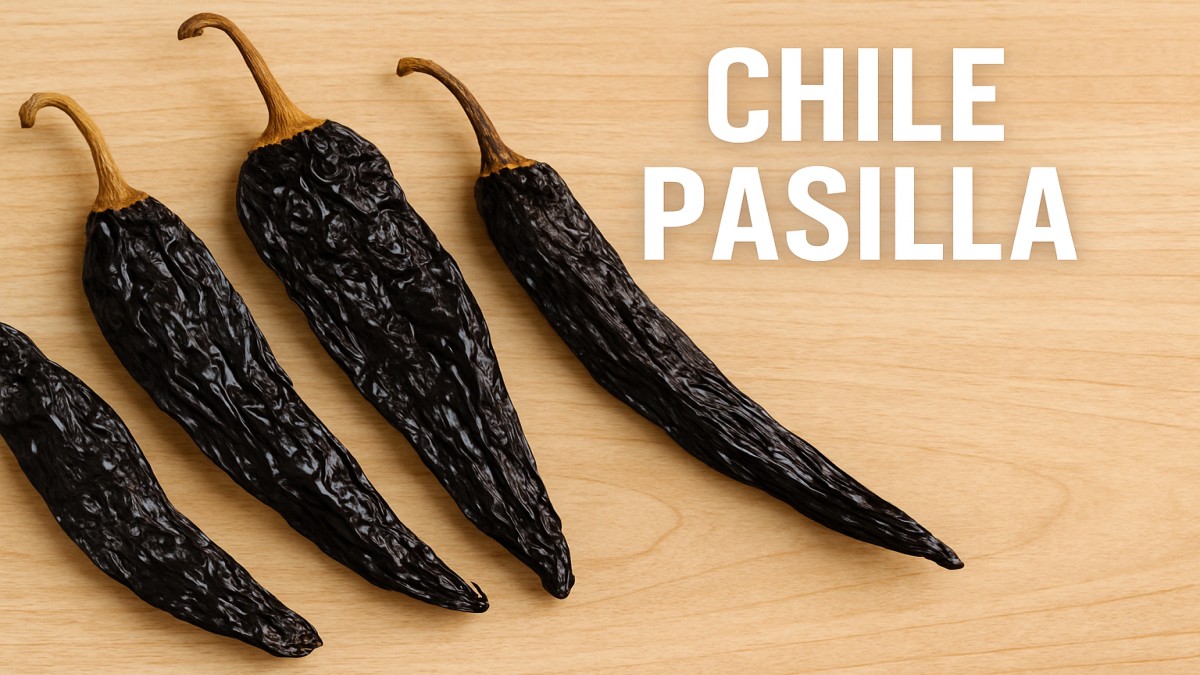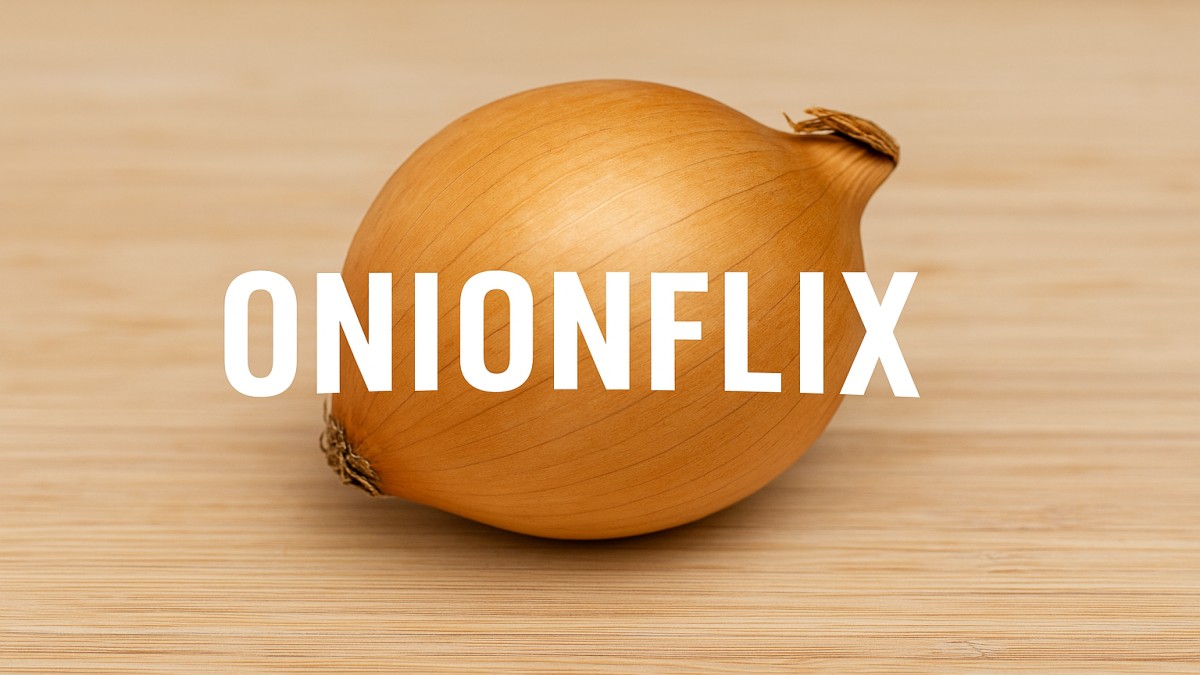others
Chile Pasilla: The Smoky Star of Mexican Cuisine

When it comes to the rich and flavorful world of Mexican cuisine, chile pasilla stands out as a key ingredient that adds depth, warmth, and complexity to a variety of dishes. Often overshadowed by the more widely known ancho or guajillo chiles, the chile pasilla (also known as “pasilla negro”) is a must-know pepper for anyone who truly wants to explore authentic Mexican cooking.
In this article, we’ll explore the origins, characteristics, culinary uses, nutritional value, and cultural significance of chile pasilla—all within 1200 words. Whether you’re a home cook, a spice enthusiast, or simply curious about global flavors, this guide will provide everything you need to appreciate this smoky, raisin-like chile.
What is Chile Pasilla?
Chile pasilla, which translates to “little raisin” in Spanish, is the dried form of the chilaca pepper. It is long, slender, and wrinkled, with a dark, almost black skin that resembles the texture of dried fruit. The name is fitting because the chile not only looks like a raisin but also has rich, earthy, and slightly sweet undertones.
Pasilla chiles typically measure 6 to 8 inches in length and are about 1 inch wide. They fall into the mild-to-medium range of heat on the Scoville scale, usually rating between 1,000 to 2,500 Scoville Heat Units (SHU).
Origins and History
Chile pasilla is native to Mexico, where it has been cultivated and consumed for centuries. It is one of the classic dried chiles used in traditional Mexican cooking, often found in moles, soups, and salsas. Along with chile ancho and chile guajillo, it forms the “Holy Trinity” of Mexican dried chiles used in many base sauces.
The chile’s history dates back to pre-Columbian times, where it was used not only as a food source but also for its medicinal and ritual properties. It remains an essential part of Mexican cultural heritage.
Flavor Profile
The flavor of chile pasilla is deep and complex. When dried, it develops a combination of:
- Earthy richness
- Smoky undertones
- Subtle fruitiness (similar to raisins or prunes)
- Hints of cocoa and coffee
This unique profile makes it ideal for dishes that need a layered flavor base without overwhelming spiciness.
Culinary Uses of Chile Pasilla
Chile pasilla is incredibly versatile and can be used in numerous ways across both traditional and modern dishes. Here are some of the most common culinary applications:
1. Mole Sauce
One of the most iconic uses of chile pasilla is in mole poblano, a rich, dark sauce made with multiple types of chiles, chocolate, nuts, and spices. Pasilla adds smokiness and depth that balances the sweetness and bitterness of the other ingredients.
2. Salsas and Sauces
When rehydrated and blended, chile pasilla makes a flavorful base for salsas and adobos. Combine with garlic, onion, and tomato for a robust red sauce.
3. Soups and Stews
Add dried pasilla directly to simmering soups and stews for a slow release of flavor. It’s particularly good in caldo de res (beef soup) or pozole.
4. Taco Fillings and Marinades
Ground or pureed pasilla can be used in spice rubs or marinades for meats like pork, chicken, or beef, giving them a smoky, tangy edge.
5. Vegetarian Dishes
Vegetarians love pasilla for the “umami” quality it brings to plant-based dishes. It’s great in stuffed peppers, bean dishes, or roasted vegetable medleys.
How to Prepare Chile Pasilla
To make the most of chile pasilla’s flavor, follow these steps:
- Toast the dried chile lightly in a dry skillet for a few seconds on each side to enhance aroma.
- Rehydrate by soaking it in hot water for 15–20 minutes.
- Blend or chop the rehydrated chile for use in sauces, soups, or marinades.
Tip: Always remove the stem and seeds before using unless you want a bit more heat.
Final Thoughts
Chile pasilla is a culinary treasure that deserves a spot in your pantry. Its smoky sweetness, mild heat, and depth of flavor make it a standout ingredient for both everyday cooking and special occasions. Whether you’re making a traditional mole, a hearty stew, or a simple salsa, pasilla will add authenticity and richness to your dishes.
Explore its flavors, experiment with recipes, and you’ll quickly see why chile pasilla is one of the most beloved peppers in Mexican cuisine.

 entertainment2 months ago
entertainment2 months agoOnionFlix: Everything You Need to Know About This Streaming Website

 others22 hours ago
others22 hours agoNook vs Kindle: Which E-Reader Is Right for You?

 education4 weeks ago
education4 weeks agoHow to Become a Software Engineer: A Complete Guide

 gaming2 months ago
gaming2 months agoMelisandre: The Enigmatic Priestess of Game of Thrones

















